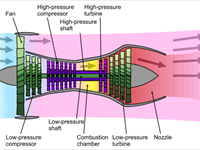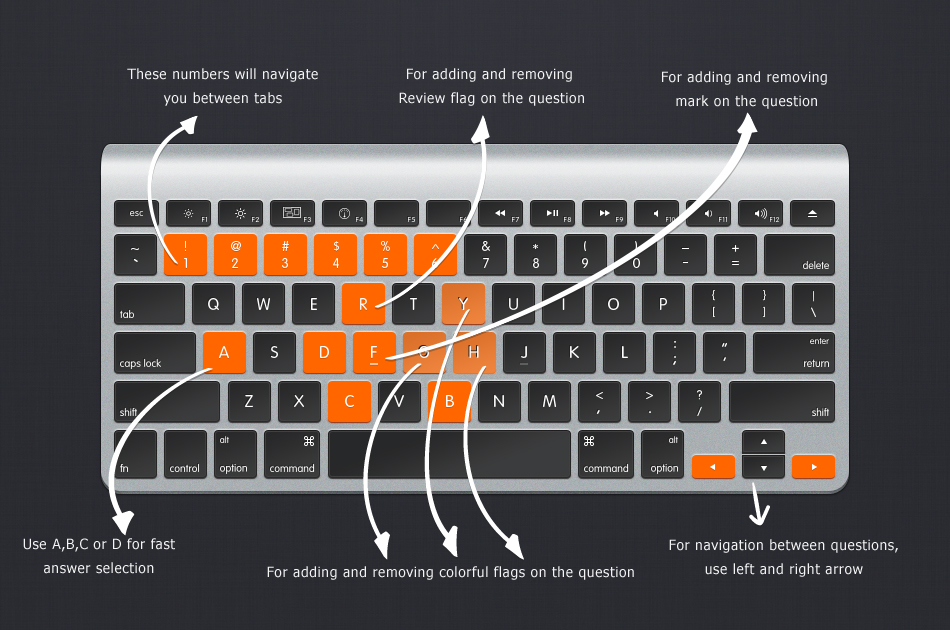-
A
N1 refers to the rotational speed of the high speed spool which consists of the high pressure compressor and the high pressure turbine.
-
B
N1 refers to the rotational speed of the low speed spool which consists of the fan, the low pressure compressor and the low pressure turbine.
-
C
the indication is usually calibrated in percent RPM.
-
D
N1 is the ratio of the turbine discharge and the compressor inlet pressure.
Refer to figure.
A jet engine is different from a conventional piston engine, as thrust is the direct force output from the engines and is roughly proportional to the fuel flow. On modern commercial jets, the primary source of information regarding the engine’s power is the N1 and the EPR.
The N1, displayed to the pilots as a percentage, is nothing else than the compressor’s first stage (the fan) rotation speed. In a modern gas turbine engine such as the CFM 56 fitted to the B737 or A320, the engine has two compressor turbine assemblies. Each assembly is mounted on a common shaft. The first one is a Low-Pressure compressor turbine assembly, and the second one is a High-Pressure compressor turbine assembly. The first part of the engine is the fan, which divides the incoming airflow into two streams. The first stream is directed to the next compressor stages for further compression and combustion. The rest of the airflow is accelerated around the core, providing most of the engine thrust.
Your Notes (not visible to others)





